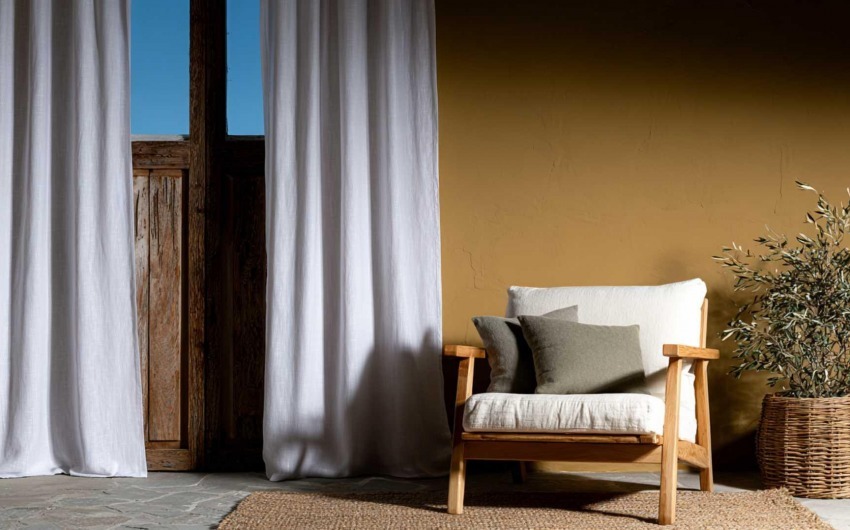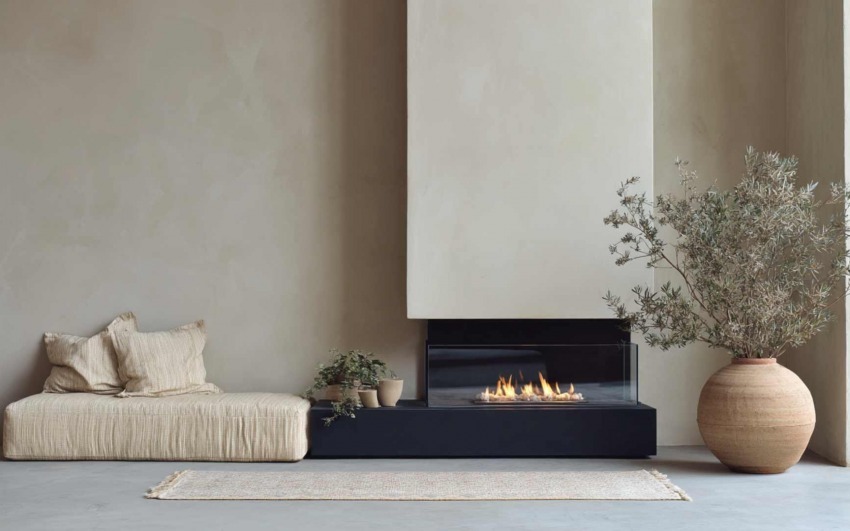10/28/2022
The walls of a house, as well as the ceiling, occupy an important space and represent a sort of canvas on which the furniture will subsequently complete the work, so it would be good to take care of them as well as possible, without discoloration, cracks or other defects. The first step, not always easy, is certainly that of choosing the colors to use: we advise you, in addition to personal taste, to also take into account other factors, such as the choice of shades that make our rooms look like wider and brighter or like the choice of soft shades, in order to avoid a tacky effect. Usually, warm shades are preferred, such as red and orange, for the kitchen and living room environments, while more cold colors are chosen for the bathroom, such as blue and purple. As for the sleeping area, we advise you to opt for colors that relax and help you sleep.

In addition to the various paints to paint the walls of the house, you will also need various work tools: the fundamental ones are certainly brush and roller, one for details and corners and one for large surfaces (remember that the roller makes everything easier and less tiring). Secondly, you will need a bucket to dilute the paint and a long stick to mix it. Also, do not forget plastic sheets or satins, to cover surfaces and floors, and adhesive paper tape, very useful for covering window frames and skirting boards, but also to precisely define any edges between the ceiling and walls.
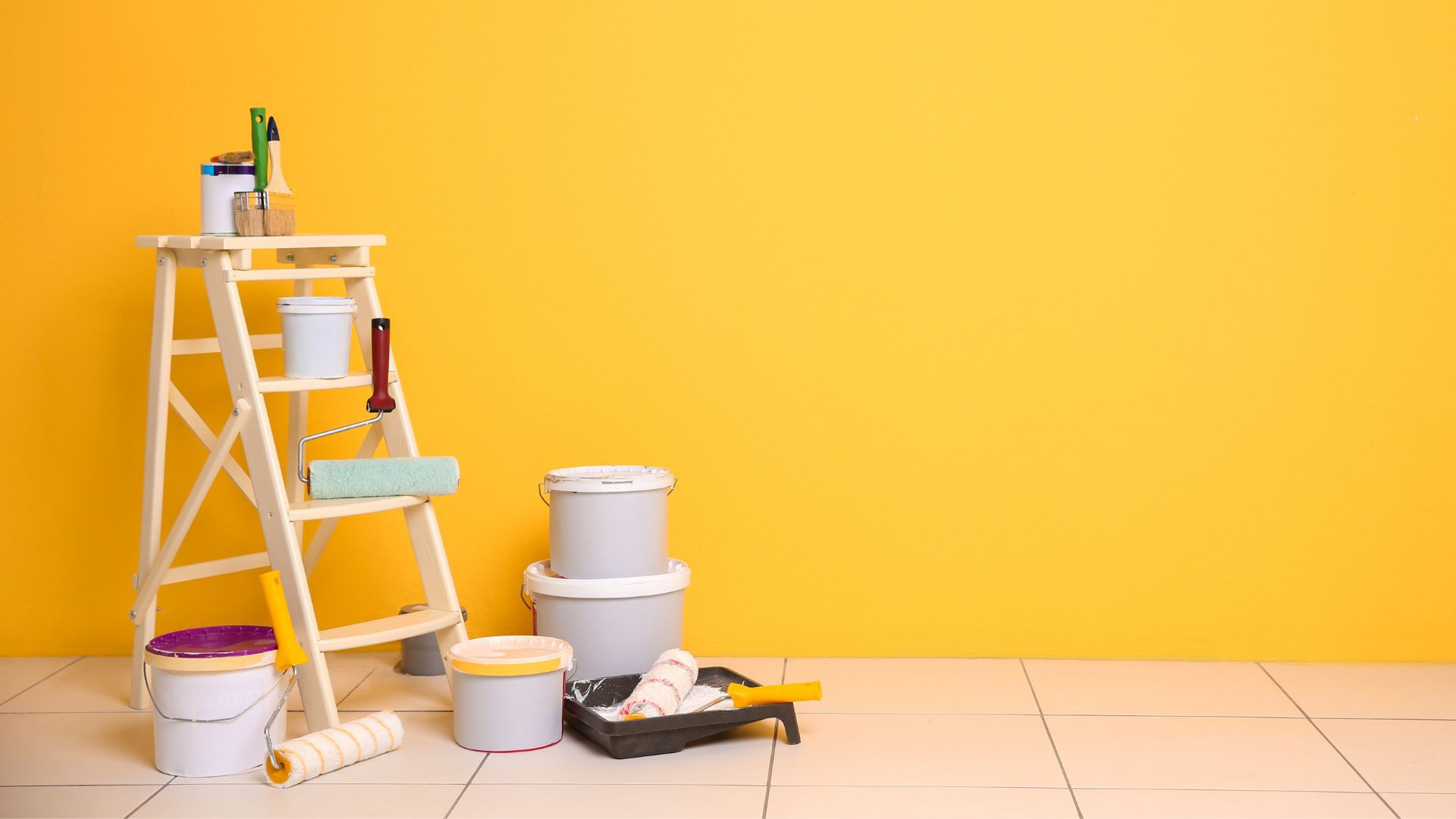
Of fundamental importance, after clearing out the walls as much as possible and covering the furnishings, is the preparation of the walls and the environment to be painted:
1_Eliminate the mold present on the walls and, if the environment is very humid, we recommend applying an anti-mold base
2_ fill any holes or cracks, to be subsequently smoothed with sandpaper, which then involves removing the dust with a cloth
3_wash the walls well with a damp sponge and let it dry
4_ remove the covers from the electrical sockets and then cover them with insulating tape for safety reasons
5_ cover the skirting boards and window jambs well with paper tape
6_ cover the floors, evenly, with satin or newspapers.
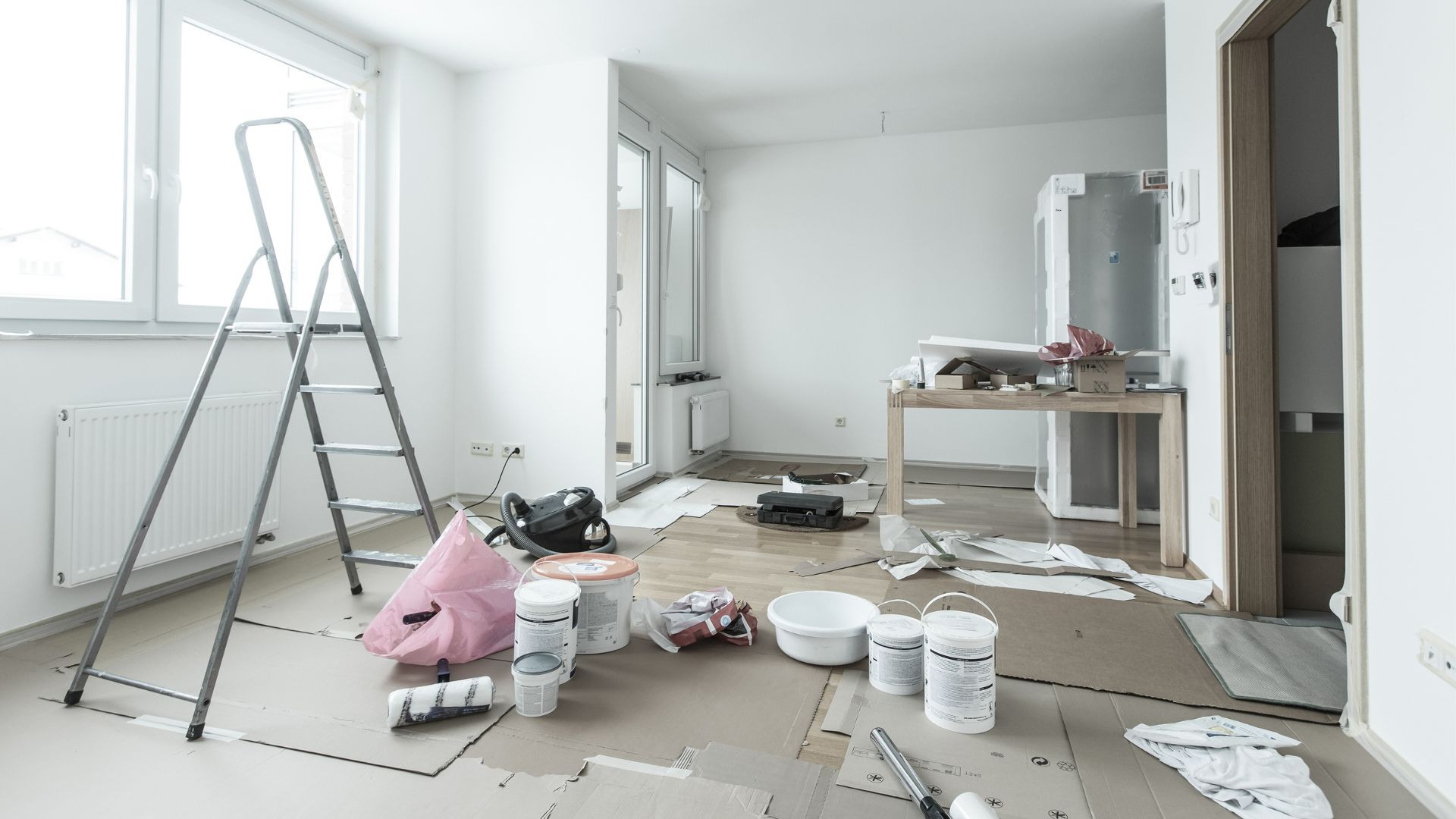
The techniques that you can consider, to paint the house with a perfect style, are many. If your idea is to stay on a simple and traditional style, a homogeneous or continuous painting is recommended.
To start, we always recommend starting, after completing the ceiling with two coats of paint, from the corners between the walls and the outlines of windows, chandeliers, ceiling lights and baseboards, and then move towards the center. Finally, use the brush to proceed with the final details and retouches, in order to achieve a perfect job.
As for the particular techniques and the most trendy design effects we see:
The buffered effect, which involves a first homogeneous coat and a second buffered with a special tool and with a different color paint.
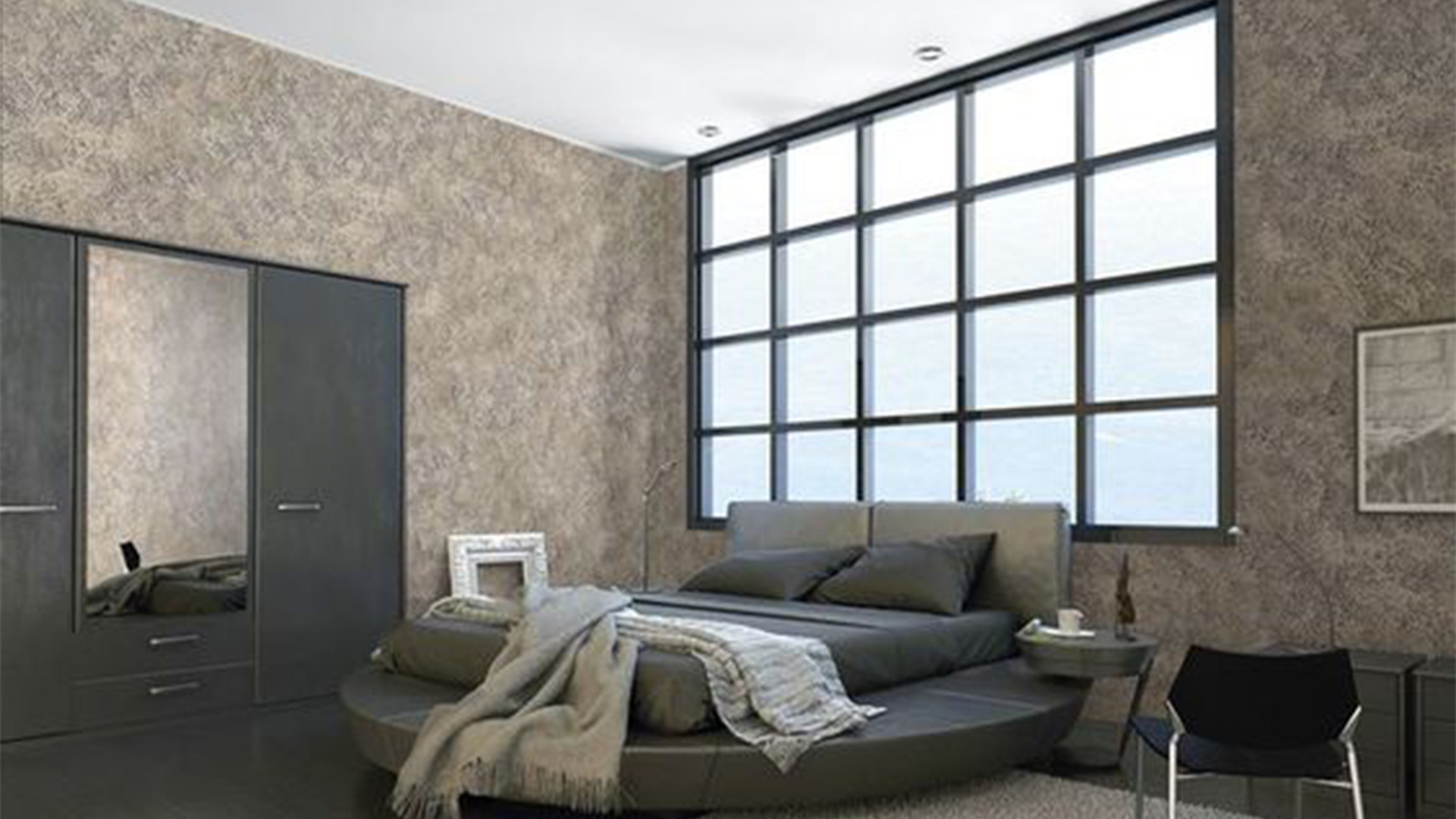
The scratched effect, where you just need to apply a first coat of paint and a second; before the latter dries, using a metal trowel, you will have to perform movements from bottom to top and from right to left.

The spatula effect, on the other hand, requires a lot of patience and involves the use, instead of the brush, of a metal spatula, starting from the upper part of the wall and crossing in the sense of painting, obtaining a perfect super elegant.

_14077b47db_23.jpg)
Interior Designer since 1985
CEO & Founder, Italian Design in the World
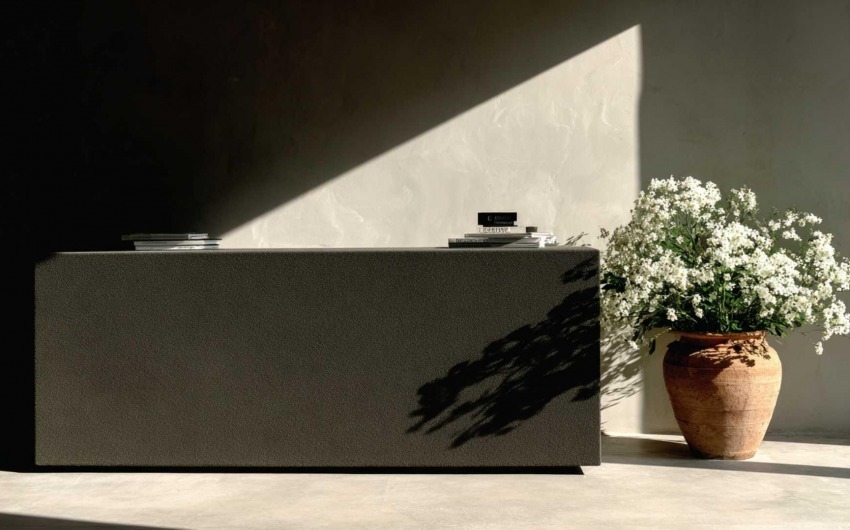
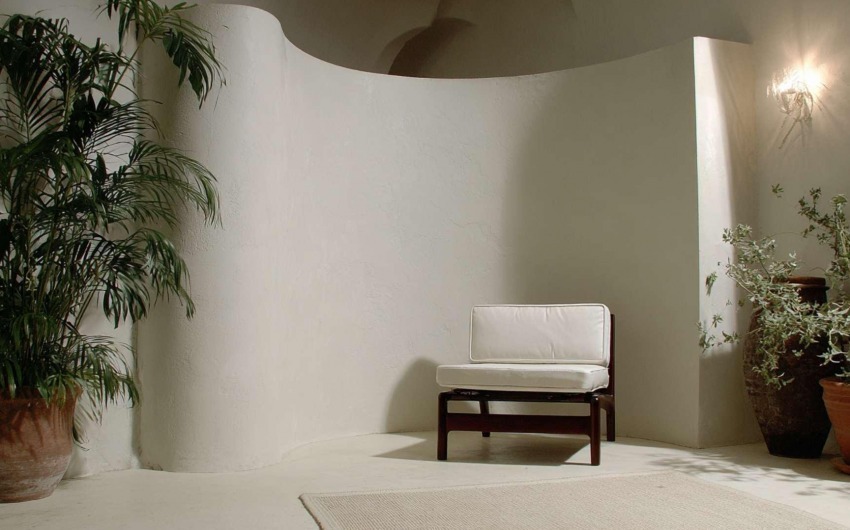
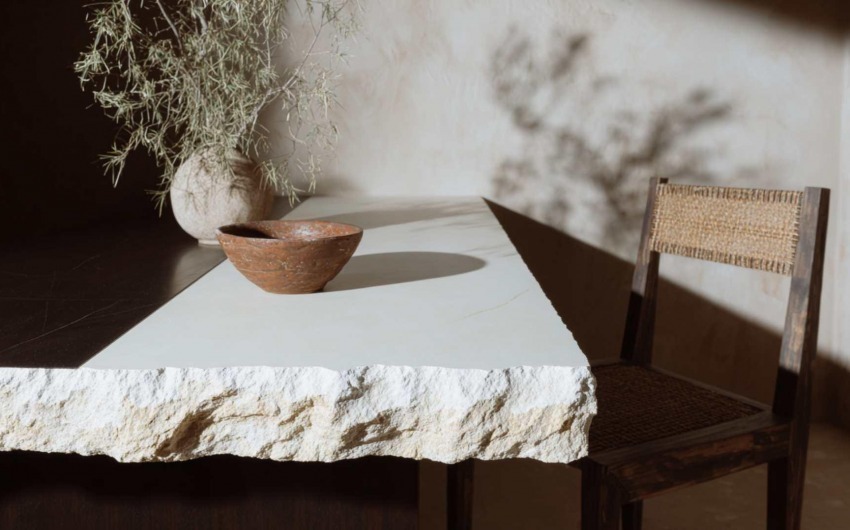
_0f565b1edb_633.jpg)
